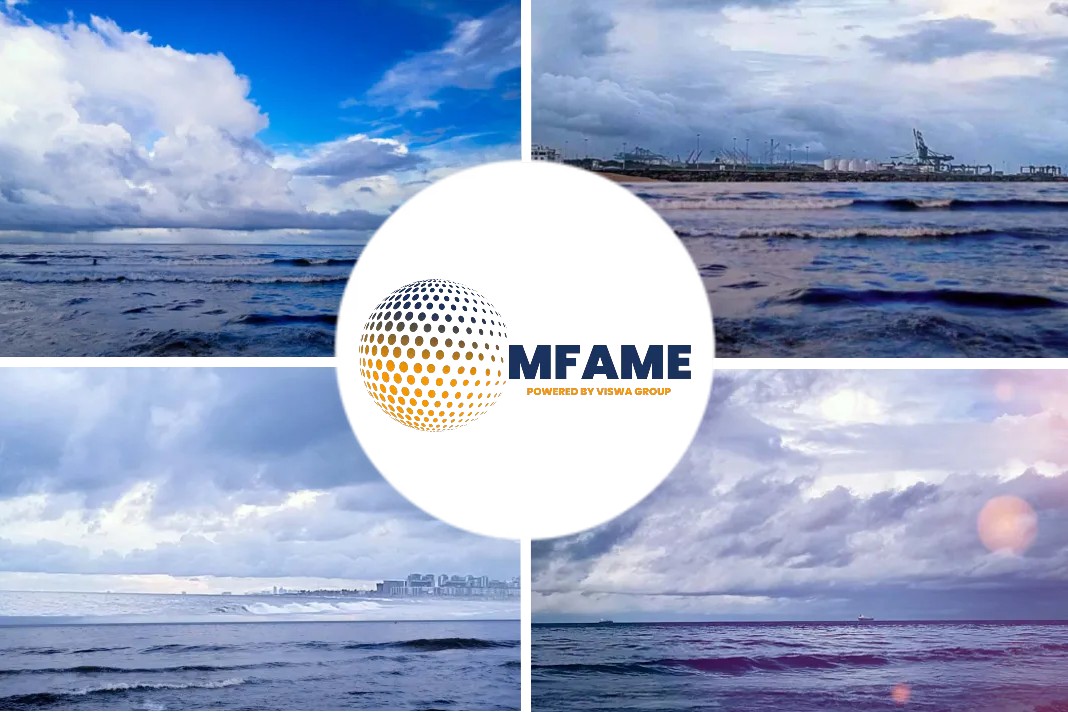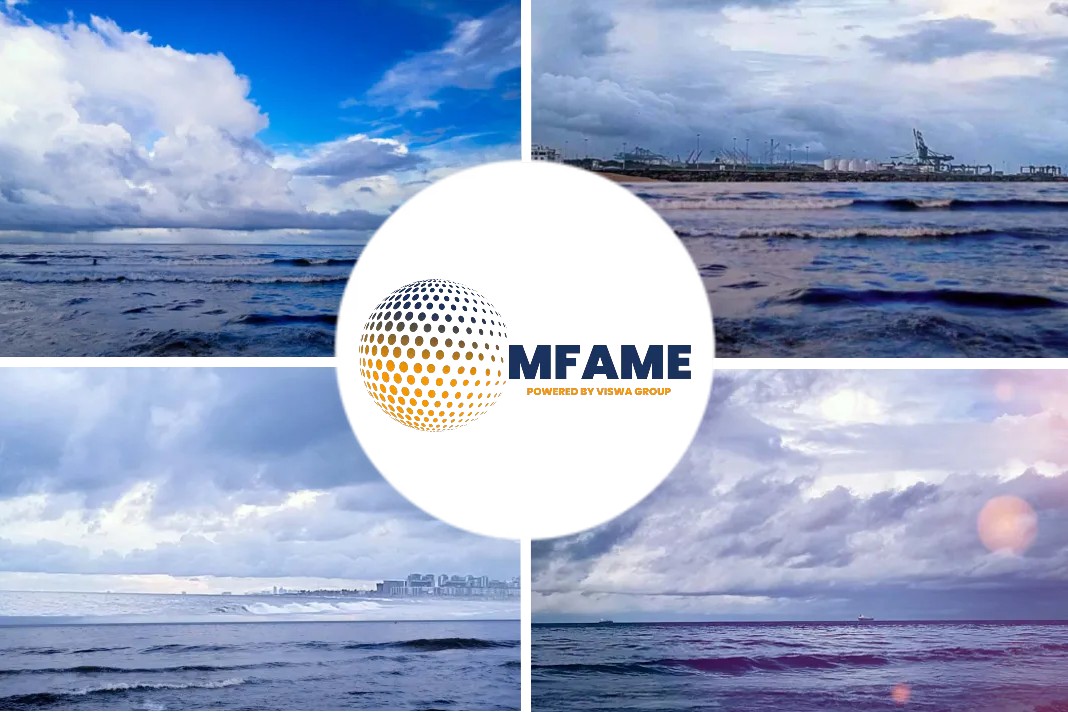According to Alphaliner’s final analysis of the year, the containership charter market is ending 2019 on a mixed note, according to Alphaliner’s final analysis of the year, reports the LoadStar.
Tight Supply Benefit
“Larger vessels of 5,500 teu and over continue to benefit from a tight supply environment with continuously firm charter rates,” said the consultant.
Furthermore, it said that “the persistent lack of tonnage in these sizes” would bode well for owners, especially when demand picked up again next year.
“By contrast,” said Alphaliner, “the situation for medium-sized and smaller vessels has been, and remains, more challenging”.
Overcapacity Issues
Overcapacity, particularly in vessels of 800 teu to 2,600 teu, had “become chronic”, which had been a drag on any significant rise in daily hire rates in the smaller sectors.
Preparations for IMO 2020 continue to be the main driver in the larger sizes, as carriers scramble to hunt down tonnage to replace ships taken out for scrubber retrofitting.
Indeed, brokers are reporting these sectors as ‘sold out’, and several carriers have had to resort to blanking sailings – not due to weak demand, but because they cannot find the tonnage to cover the service loop.
“Our ship planners are tearing their hair out trying to fill the gaps left by ships going off for scrubbers,” one carrier source told The Loadstar recently.
And a Hamburg broker told The Loadstar this week: “We are tapping every owner we can think of; we know there is nothing we can fix right now, but we are just trying to mark their card with our interest and get some sort of plan on the earliest possible availability of vessels.”
New Containership Record
Meanwhile, according to the latest Alphaliner data, a new record has been set for the idle – or to be more accurate, inactive – containership fleet, hitting 226 ships for 1.38m teu and representing 6% of the total global fleet.
However, it said that almost 70% of this fleet by capacity was the result of ships in yards, or awaiting their turn, for scrubber installation, as well as combined scheduled dry docking for maintenance.
And with the difference in the price between the current industry staple, 3.5% sulphur content HFO (heavy fuel oil), and the 0.5% LSFO (low-sulphur fuel oil), required for compliance with IMO 2020 from 1 January, settling at about $250 a ton for forward orders, there is expected to be no let-up in demand for the exhaust gas cleaning systems in the first quarters of next year.
Moreover, it is expected that scrapping will also increase, as older, smaller ships that are expensive to operate and not economically viable for scrubber retrofitting are sold for recycling.
Containership demolition this year should reach 100 vessels, for 200,000 teu, higher than the 48 for 88,000 teu last year, but substantially below the 151 vessels for 431,000 teu sent to breakers’ yards in 2017.
Did you subscribe to our daily newsletter?
It’s Free! Click here to Subscribe!
Source: The LoadStar















